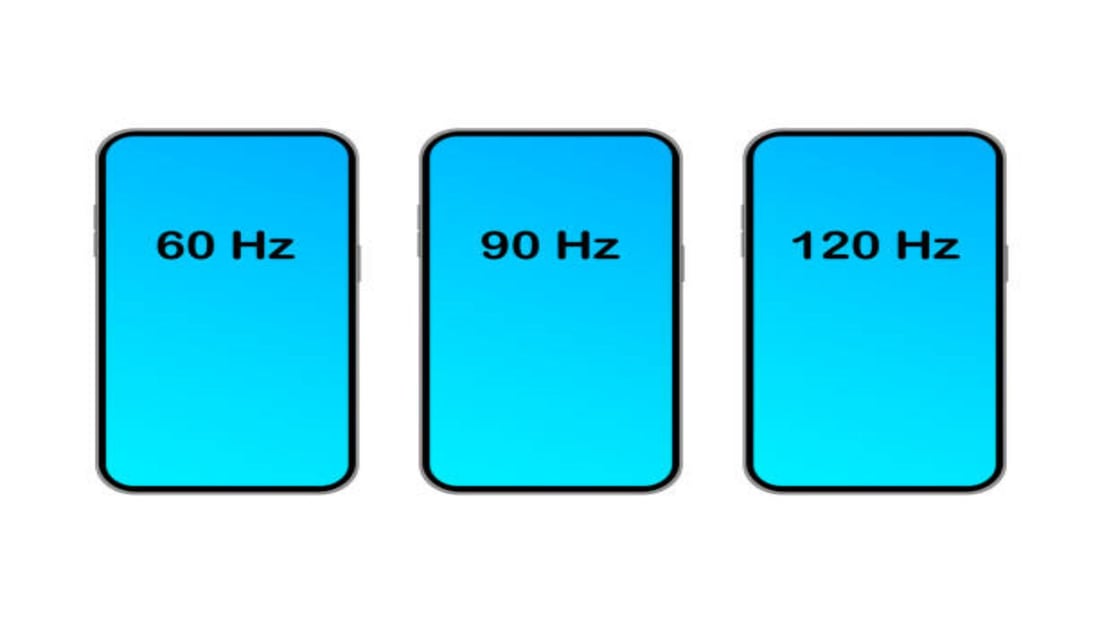Which phones have an Amoled display?
Amoled (Active-Matrix Organic Light-Emitting Diode) displays have gained popularity in recent years due to their vibrant colors, deep blacks, and energy-efficient performance. In this article, we will explore the world of Amoled displays and discuss some of the top smartphones that feature this technology.
The Advantages of Amoled Displays
Amoled displays offer several advantages over traditional LCD screens. One of the key benefits is the ability to individually control each pixel, allowing for true blacks and high contrast ratios. This results in deeper blacks, vibrant colors, and improved image quality. Additionally, Amoled displays are thinner, lighter, and more flexible compared to LCDs, making them ideal for curved screens and bezel-less designs.
Samsung Galaxy S21 Ultra
Samsung is renowned for its Amoled displays, and the Galaxy S21 Ultra is no exception. This flagship smartphone features a stunning 6.8-inch Dynamic Amoled 2X display with a resolution of 3200 x 1440 pixels. With a pixel density of 515 pixels per inch, the display offers incredible detail and clarity. The Galaxy S21 Ultra also supports a 120Hz refresh rate, providing smooth scrolling and a responsive touch experience.
Apple iPhone 12 Pro
While Apple has traditionally used LCD displays in its iPhones, the iPhone 12 Pro marks a shift to Amoled technology. The iPhone 12 Pro features a 6.1-inch Super Retina XDR display with a resolution of 2532 x 1170 pixels. With HDR support and True Tone technology, the display delivers stunning visuals and accurate color reproduction. The iPhone 12 Pro also supports Dolby Vision, further enhancing the viewing experience.
Google Pixel 5
The Google Pixel 5 is another notable smartphone that boasts an Amoled display. With a 6.0-inch Full HD+ Flexible OLED display, the Pixel 5 offers vibrant colors and sharp details. The display also supports a 90Hz refresh rate, ensuring smooth scrolling and fluid animations. Whether you're browsing the web, watching videos, or playing games, the Pixel 5's Amoled display provides an immersive viewing experience.
OnePlus 9 Pro
OnePlus has consistently impressed users with its Amoled displays, and the OnePlus 9 Pro is no different. The smartphone features a 6.7-inch Fluid AMOLED display with a resolution of 3216 x 1440 pixels. With a 120Hz refresh rate and HDR10+ support, the display offers smooth visuals and vibrant colors. Whether you're gaming or streaming content, the OnePlus 9 Pro's Amoled display ensures a captivating experience.
Xiaomi Mi 11
Xiaomi's Mi 11 is a flagship smartphone that boasts a 6.81-inch AMOLED display with a resolution of 3200 x 1440 pixels. With a pixel density of 515 pixels per inch and support for HDR10+, the Mi 11's display delivers stunning visuals and vibrant colors. Whether you're editing photos or watching movies, the Mi 11's Amoled display provides an immersive and enjoyable viewing experience.
LG V60 ThinQ
The LG V60 ThinQ is a feature-packed smartphone that comes with a 6.8-inch P-OLED display. While technically not an Amoled display, P-OLED (Plastic-OLED) offers similar advantages, including vibrant colors and deep blacks. With a resolution of 2460 x 1080 pixels, the V60 ThinQ's display provides sharp visuals and excellent color accuracy. Whether you're multitasking or enjoying multimedia content, the V60 ThinQ's P-OLED display delivers a visually pleasing experience.
Motorola Edge+
The Motorola Edge+ features a 6.7-inch Endless Edge display, which is a type of Amoled display with curved edges. With a resolution of 2340 x 1080 pixels, the Edge+'s display offers sharp visuals and vibrant colors. The display also supports HDR10+, providing a more dynamic range of colors and improved contrast. Whether you're gaming or streaming videos, the Edge+'s Amoled display enhances the overall visual experience.
Sony Xperia 1 II
The Sony Xperia 1 II is a flagship smartphone that boasts a 6.5-inch 4K HDR OLED display. With a resolution of 3840 x 1644 pixels and a 21:9 aspect ratio, the Xperia 1 II's display offers stunning visuals and cinematic experiences. The display also supports a 90Hz refresh rate, ensuring smooth scrolling and responsive touch interactions. Whether you're watching movies or editing videos, the Xperia 1 II's Amoled display provides a top-notch viewing experience.
ASUS ROG Phone 5
The ASUS ROG Phone 5 is a gaming-focused smartphone that features a 6.78-inch AMOLED display with a resolution of 2448 x 1080 pixels. With a 144Hz refresh rate and HDR10+ support, the ROG Phone 5's display offers incredibly smooth visuals and vibrant colors. The display also has a touch sampling rate of 300Hz, providing precise and responsive touch controls for gaming. If you're a gaming enthusiast, the ROG Phone 5's Amoled display is sure to impress.
Conclusion
Amoled displays have become a standard feature in many flagship smartphones, offering stunning visuals, vibrant colors, and energy-efficient performance. From the Samsung Galaxy S21 Ultra to the ASUS ROG Phone 5, there are numerous options available for those looking to experience the benefits of Amoled technology. Whether you're a multimedia enthusiast or a gaming aficionado, a smartphone with an Amoled display is sure to enhance your overall viewing experience.

